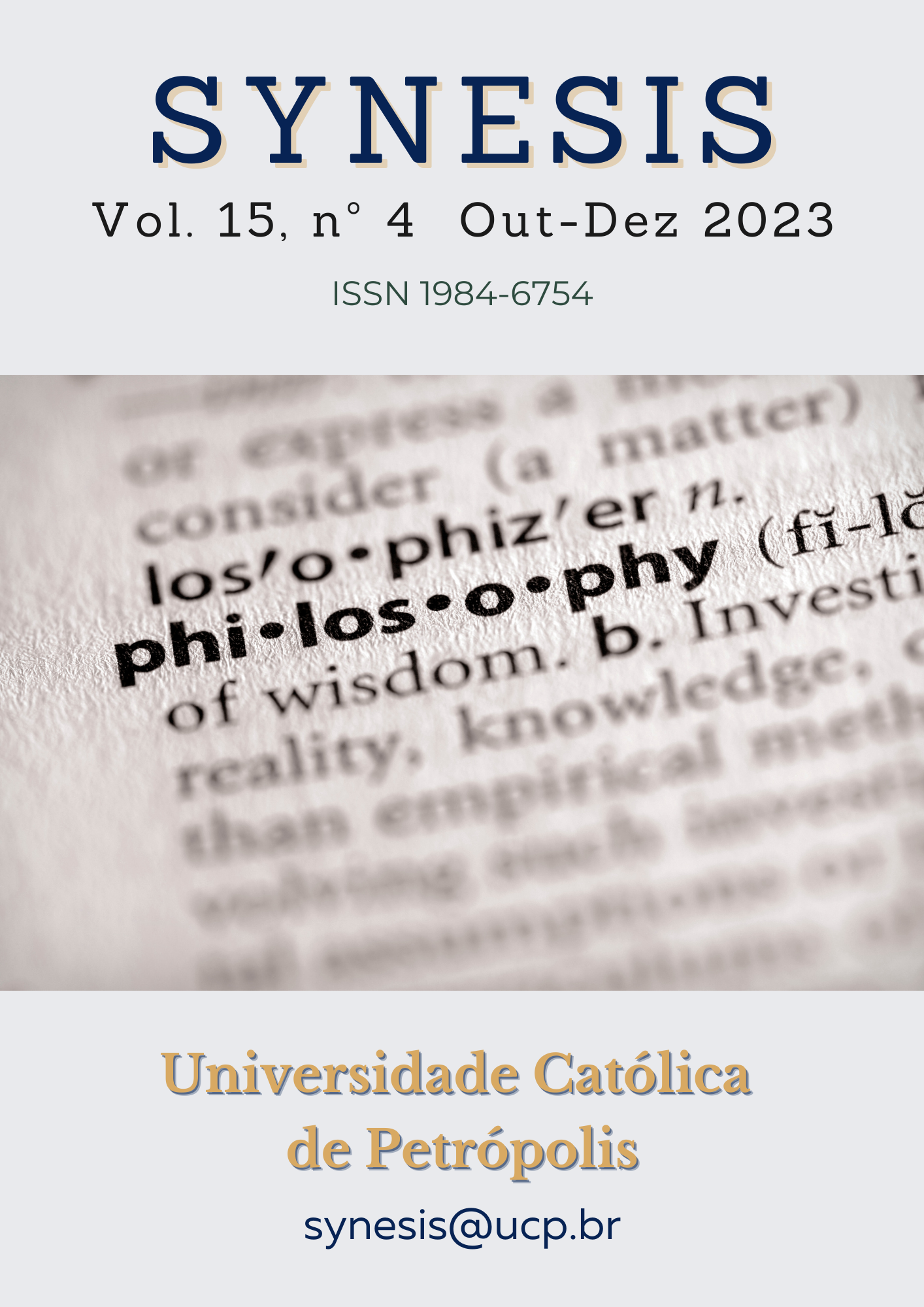Abstract
The article offers an analysis of the genesis of the Golden Rule of morality and an overview of its initial historical evidence. Based on written sources from ancient cultural monuments, the authors conduct a comparative analysis of the general in the ethical assessment of human behavior, actions, and deeds. The fundamental idea of the Golden Rule is treating others as one wishes to be treated. However, its application in specific situations may necessitate considering the distinctiveness of the situation and its participants. What may be right in one culture or religion may not be in others, necessitating a skillful understanding of the context and details of each case. The Golden Rule can serve as a universal principle applicable in any situation but it requires flexibility and the ability to account for each situation's unique aspects to achieve the best outcome for everyone involved.
References
Akmataliev, A. A. Manas" Entsiklopediia ["Manas" Encyclopedia]. Bishkek: Biiiktik plius, 2015. 1416 p.
Alymkulov, Z. A. Traditsionnye nravstvennye tsennosti: istoriko-filosofskii analiz. [Traditional moral values: historical and philosophical analysis]. Nauka bez granits, n. 5(22), p. 125-128, 2018.
Apresian, R. G. Genezis zolotogo pravila [The genesis of the golden rule]. Voprosy filosofii, n. 10, p. 39-49, 2013.
Baldonado, A. A. Ethnicity and morality in a multicultural world. Journal of Cultural Diversity, v. 3, n. 4, p. 105-108, 1996.
Confucius. Suzhdeniia i Besedy [Judgments and Conversations]. St. Petersburg: Azbuka-Atikus, 2014. 224 p.
Dhammapada, chapter 12, 159. 9 p. [Electronic resource]. n.d. Available at: https://dhammapada.michaelnordmeyer.com/chapter-12/159
Encyclopedia of Hadith. Sahih Al-Bukhari. Kniga very. 2. Glava 7 [The Book of Faith. 2. Chapter 7]. Transl. to Russian by V.M. Nirsh [Electronic resource]. September 1, 2011. Available at: hadis.uk/02-kniga veru/604/
Gordekov, N. I. Kirgizy i Karakirgizy Syr-Darinskoi oblasti. Vol. 1. Iuridicheskii Byt [Kirghiz and Kara-kyrghiz of the Syr-Darya Region. Vol. 1. Legal Life]. Tashkent: Tipo-Lithography of S. I. Lakhtin, 1889. 303 p.
Jeffrey, D. L. The “Good” and “The Good Life”: Confucius and Christ. Journal of Chinese Humanities, v. 1, p. 213-230, 2015. http://dx.doi.org/10.1163/23521341-01010011
Kochkunov, A. Etnicheskie Traditsii Kyrgyzskogo Naroda [Ethnic Traditions of the Kyrgyz People]. Bishkek: Kyrgyzzher, 2013. 320 p.
Old Testament. The book of Tobit. Chapter 4, 15. 2 p. [Electronic resource]. n.d. Available at: https://ru.wikipedia.org/wiki/%D0%9A%D0%BD%D0%B8%D0%B3%D0%B0_%D0%A2%D0%BE%D0%B2%D0%B8%D1%82%D0%B0
Radhakrishnan, S. Indiiskaia Filosofiia [Indian Philosophy]. Moscow: Foreign Languages, 1956. 624 p.
Stepaniants, M. T. Filosofiia i Nauka v Kulturakh Vostoka i Zapada [Philosophy and Science in Eastern and Western Cultures]. Moscow: Nauka-Vost. Lit., 2013. 375 p.

This work is licensed under a Creative Commons Attribution-NonCommercial-NoDerivatives 4.0 International License.
Copyright (c) 2023 Synesis (ISSN 1984-6754)

